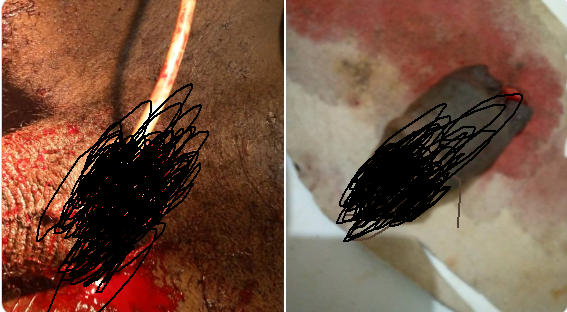FG maps out modalities to achieve good post-harvest in shea production
By Nneka Nwogwugwu, Abuja
The
Federal government has addressed acceptable modalities and possible ways of
ensuring better post-harvest in Shea production.
These
modalities were discussed at the two-day Shea capacity building/training on
best practices in post-harvest handling of Shea held in Minna, Niger state.
Speaking
in his opening address, the Minister of Agriculture and Rural Development, Alhaji
Sabo Nanono, said that the laid down modalities will ensure domestication of
Shea seedlings, processing and packaging of Shea products to meet international
standards.
Nanono
also noted that these practices will also address the problems of the industry
along the supply chain to meet international standard.
The
minister who was represented by the Deputy Director of the Federal Department
of Agriculture, Mr Bernard Ukattah, noted that the training which was held from
15th – 16th December, is coming at a very crucial moment of some countries
recovery from COVID -19 pandemic.
 |
| Attendees of the two-day training on Shea capacity building/training on best practices in post harvest handling of Shea held in Minna, Niger state. |
‘’With
this administration seeking to reposition the economy, through addressing
issues of poverty, unemployment, insecurity and most especially diversification
of the economy from total dependence on oil to non-oil driven economy, we
cannot over emphasize the need to create awareness and improve the technical
know-how of Shea Butter farmers, pickers, processors and marketers on improved
postharvest handling of Shea products to meet international standards,’’ he
said.
He
stressed the need to diversify our economy away from oil, reduce the current
drain on our foreign reserve from food importation while expanding new income
sources from exports of agricultural produces/products, such as Shea.
‘’This
is the reason Shea Value Chain is among
priority commodity value chains being promoted by the Federal Ministry of
Agriculture and Rural Development in tandem with ideals of this Administration
of President, Muhammadu Buhari GCFR, to make agriculture a top priority on the
on-going green alternative.
‘’We
must cash in on this and change our mind set on agriculture.
‘’Nigeria
is the largest producer of Shea nuts in Africa and the world at large, followed
by Ivory Coast, Ghana and Togo. It has
about 5 million hectares of Shea trees, but all are in the wild. The West
African production of Shea nut is estimated at 600,000mt which is based on
traded volume.
‘’Not adding value to this commodity locally
is costing Nigeria huge losses in form of foreign exchange earnings and
exportation of Shea products.
‘’Compared to the cosmetics industry, however,
processed Shea butter is more prevalently used in the food industry, taking up
90% of total production. Most of the Shea nuts in Nigeria are exported, with
only about 20% of the products consumed domestically. The quantity available
greatly depends on large conglomerates in the market that purchase almost 50%
of the total volume,’’ Nanono added.
He urged that the training
exercise should be key element in the strategies aimed at ensuring that Shea
farmers do not just adopt practices (GAP) in their pursuit for global
competence in Shea Butter production, but to provide a critical view of the
Shea Value Chain in Nigeria, outlining the challenges, identifying recent
interventions and proffering solutions towards increased wealth creation
through Shea processing.
Also,
the Assistant Director of the Nigeria Institute for Oil Palm Research, Dr. Musa
Ibrahim Koloche, in his lecture on best practices for picking/collection of
shea fruits/nuts and production of quality shea kernels described picking/collection
of shea fruits as an act of collecting of matured ripped and wind fall
fruits/nuts on the ground of the Shea trees for domestic and industrial
purposes.
He
further outlined that picking, de-pulping, parboiling, washing and drying are ethical/ideal
steps for picking or collection of shea fruits and nuts as well as production
of quality shea kernels.
Others
steps include: De-husking, threshing/Winnowing, drying, sorting and grading, bagging,
storage and triage.




Comments
Post a Comment